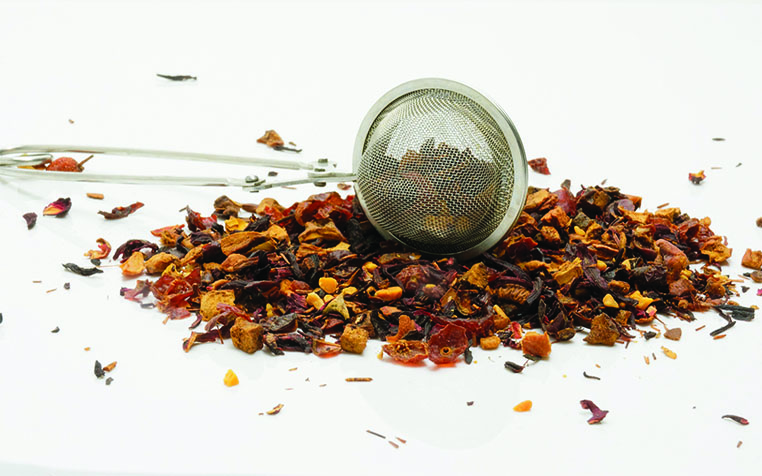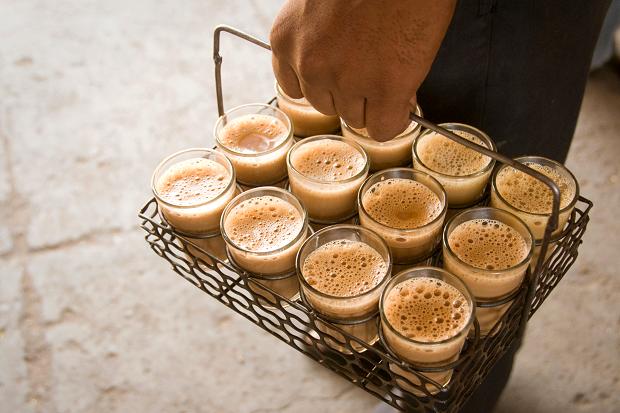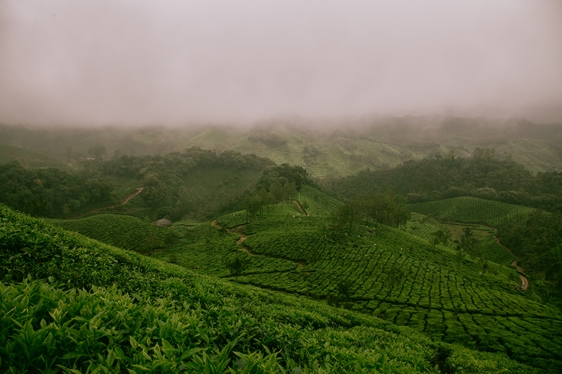
The World of Tea is absolutely fascinating. Behind the small leaves of tea, there are lots of facts which remain hidden. As lovers of the fine quality of loose leaf tea, we have curated and uncovered some little known interesting facts about tea. After reading the historical facts and Tea-Trivia you will understand that it is not just a beverage it is an important part of life.
- It takes around 4 to 12 years for a tea-plant to produce seed and about three years before a new plant is ready to harvest. Harvested tea can be categorized into Loose Leaf Tea which remains good for about 2 years provided it is kept away from light and moisture and the Tea bags stay good for about 6 months before they start to lose their flavor and quality.
- China is the largest producer of tea in the world. In 2009, China produced 1,359,000 tons; India was second with 979,000 tons. Worldwide, over 3 million tons of tea is produced every year. The United States consumes 1.42 million pounds of tea every day and British people drink about 165 million cups of tea a day, that amounts to a staggering 62 billion cups annually. India is the largest consumer of tea in the world and we consume 25% of the tea produced worldwide (as reported by The Associated Chambers of Commerce of India in a December 2011 report).
- Tea is mainly grown in Asia, Africa, South America, and around the Black and Caspian Sea. The four biggest tea-producing countries today are China, India, Sri Lanka and Kenya. Together they represent 75% of world production. The very best tea comes from high elevations and is hand-picked. Around 2,000 of those hand-picked tiny leaves make just one pound of finished tea.
- In ancient China, tea was a form of currency. Tea leaves were pressed into a brick. One side of the brick was scored so that it could easily be broken if the change was needed. In Siberia too, before the 19th century, solid blocks of tea were used as a currency.
- Afternoon Tea culture began in the 1800s by Anna, the seventh Duchess of Bedford. She invited guests for Tea and Sweets to fill the long gap between breakfast and dinner. Formal Tea, also known as Afternoon Tea was served in sitting rooms at the low tables near the chairs and sofa. Thus, it is also called ‘Low Tea’. High Tea was created during the Victorian era when an evening meal was eaten with tea on a high dining table.
- Herbal teas are different from Tea as we know it. Tea is usually prepared from the leaves of the Camellia Sinensis plant while herbal teas are infusions made from the roots, leaves, flower, seeds and/or fruits of various herbs.
- Tea was initially sold in coffee houses in England. Only men were allowed to enter coffee houses, which were full of smoke and noise. Finally, in 1717, the Twining family, prominent English marketer of tea, opened the Golden Lyon, a tea shop that allowed women. The shop is still open today.
- Tea is an important part of the day and an expression of hospitality in many parts of the World. When the tea is being poured in China, guests tap two or three fingers on the table three times to show gratitude to the server.
- The most expensive tea (an Oolong Tea) in the world is a rare Chinese tea called Tieguanyin, which is around $1,500/pound. The tea is named after the Buddhist deity Guan Yin (Iron Goddess of Mercy). Also, the most expensive teapot in the world is a rare pair of “melon” teapots from 18th century China. They had been owned by a Scottish collector, who had them for 50 years, but did not realize their value. They sold it for an unbelievable 2.18 million dollars. If you want to relish the most expensive tea meal to date, it can be found in the Ritz Carlton of Hong Kong that goes with a hefty tag price of $8,888 per couple. Talking about expensive things the most expensive Tea-Bag in the world is made by Boodles jewelers, a handcrafted diamond teabag worth $15,250. It has 280 diamonds and is being used to raise money for a children’s charity in Manchester, England.
- All teas don’t taste the same; their taste would depend largely on the temperature, taste of water and the time they took to brew. To steep the perfect cup of tea, timing is crucial and ideal steeping times vary depending on what variety of tea you’re making. You can fine input on steeping of different varieties here.Now that you know so much about Tea organize Tea-Trivia in your office or community, test the knowledge of other Tea-Lovers or simply share this article on your network to show how much you love the warm cup of happiness while sipping over the wonderful Chai Safari Loose leaf Tea.


